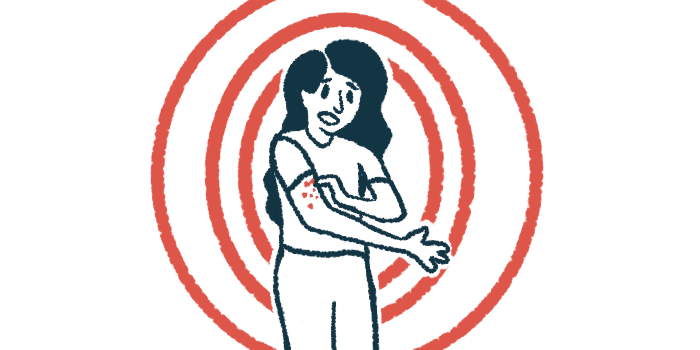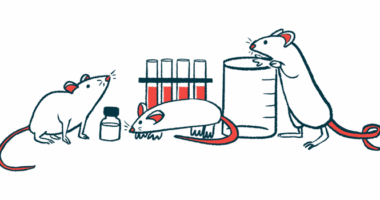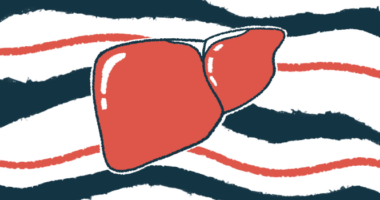EMA to review linerixibat for itch in primary biliary cholangitis
The Phase 3 GLISTEN study found therapy to be safe, effective

The European Medicines Agency (EMA) will review an application for linerixibat, an experimental oral therapy for intense itching associated with primary biliary cholangitis (PBC).
Developer GSK submitted a marketing authorization application to the agency, which will decide whether to approve the medication across the European Union. Similar applications are being reviewed by the U.S. Food and Drug Administration (FDA) and U.K. regulators.
“The EMA acceptance of this file marks another significant step forward in the progress of linerixibat, following FDA acceptance earlier this month,” Kaivan Khavandi, MD, PhD, global head of respiratory, immunology, and inflammation research and development at GSK, said in a company press release. “We believe linerixibat has the potential to bring relief to patients living with relentless itch associated with PBC, a condition that often disrupts sleep, and for which there are currently few effective treatment options available.”
In PBC and other forms of cholangitis, the tubes that carry the digestive fluid bile from the liver to the intestines become inflamed. This causes cholestasis, a condition marked by impaired bile flow. Bile backs up in the liver and can leak into the bloodstream, leading to cholestatic pruritus, which generally takes the form of an internal itch that can’t be scratched.
Up to 89% of people with PBC experience cholestatic pruritus. In its severe forms, it can impair sleep and quality of life. First-line PBC therapies don’t always ease pruritus, so people with PBC may need additional medications for it.
Testing linerixibat for itch
With linerixibat, GSK seeks to provide a new option for treating cholestatic pruritus, tailored to the underlying mechanisms of PBC. The medication works by suppressing the ileal bile acid transporter (IBAT), a protein involved in recycling bile from the intestines. Blocking IBAT may lead people to excrete more bile in feces, leaving less to build up in the liver and bloodstream.
The Phase 3 GLISTEN clinical trial (NCT04950127) that supported GSK’s application to the EMA found it to be safe and effective. The trial included 238 adults with PBC who were randomly assigned to twice-daily treatment with either linerixibat or a placebo for nearly six months.
The participants rated their worst itch from 0 to 10 — 10 being the worst imaginable itch — twice a day, so that worst daily, weekly, and monthly itch scores could be calculated. Within two weeks, pruritus rapidly eased in the linerixibat group compared with the placebo group. After six months, worst monthly itch scores in the linerixibat group had reduced by 0.72 points more than those in the placebo group.
Significantly more participants in the linerixibat group saw a score reduction of at least 3 points, deemed clinically meaningful (56% vs. 43%). Treatment with linerixibat also decreased itch-related sleep interference relative to the control group.
After the study’s placebo-controlled part, participants either continued on their treatment regimen or swapped to the other one for eight weeks. Like what was observed for those originally assigned linerixibat, the participants who switched from the placebo to linerixibat saw a reduction in itch scores as early as two weeks into the change. Those who switched from linerixibat to a placebo saw an increase in itch scores.
The participants generally tolerated the therapy well, but gastrointestinal side effects were more common with it relative to the placebo. Diarrhea was the most common side effect, occurring in 61% of the linerixibat group, 4% of which stopped using the experimental therapy.
Linerixibat isn’t approved anywhere, but a compassionate use program (NCT05448170) provides case-by-case access to it. People with PBC and cholestatic pruritus who don’t have other suitable treatment options and are at high risk of serious side effects may be eligible.







